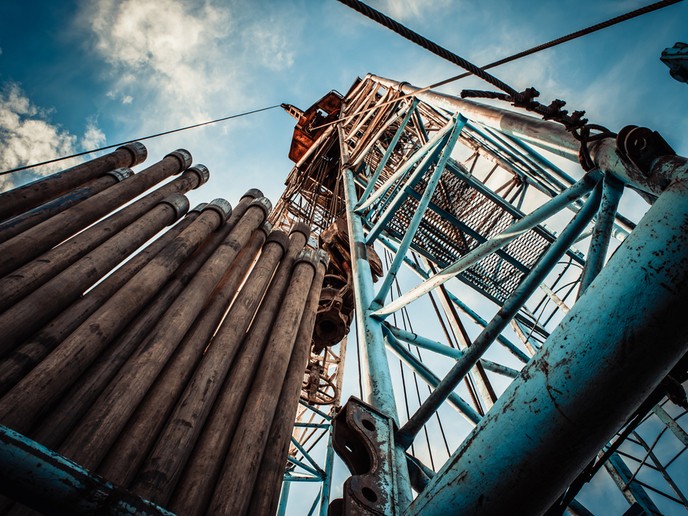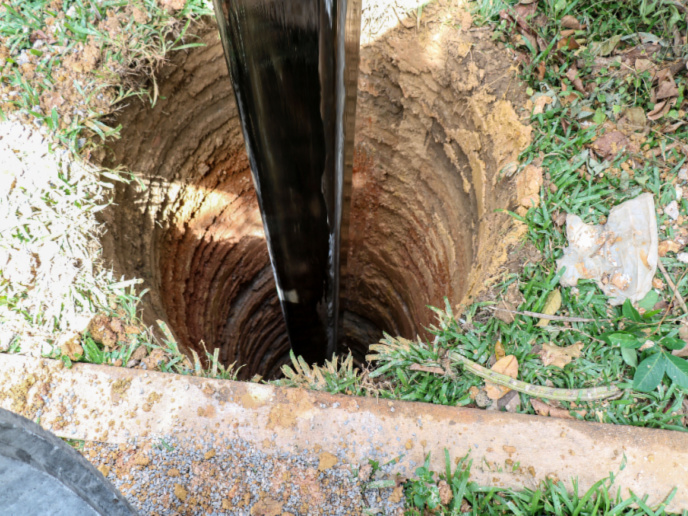Study of fluid properties boosts geothermal’s potential
Deep down, beneath our feet, there is a natural source of energy. Geothermal power plants use hot fluids from deep underground reservoirs. After being pumped to the surface, the fluid is either used directly to spin a turbine or it passes through a heat exchanger, where it releases heat to a transfer fluid, which then spins a turbine. The latter is connected to a generator to produce electricity. “As pressure and temperature change, the fluid from the reservoir undergoes chemical or physical processes that alter the composition or characteristics of the fluid. This can cause mineral precipitation and thus clogging of pipes, corrosion of plant components, or degassing, which negatively affect power plant operation and overall project economics,” explains Simona Regenspurg, coordinator of the EU-funded REFLECT(opens in new window) project. Current model predictions suffer from numerous uncertainties because carrying out in situ fluid sampling and measurements at extreme conditions (i.e. in the presence of extremely hot or saline fluids) poses a great challenge for both equipment and analytical procedures.
Rising to the challenges of geothermal energy extraction
REFLECT chose to address the problem at its source by collecting high-quality chemical, physical and microbiological data at extreme salinity levels, pressures and temperatures from field measurements. Laboratory experiments and predictive models helped improve understanding of precipitation, corrosion and degassing processes. “Project partners have collected data from more than 3 000 fluid samples from geothermal sites within their countries or from literature research from freely accessible sources. We also collected 80 fluid samples from selected sites over the course of the project,” notes Katrin Kieling, the manager of the project. All collected data served as input in the European Geothermal Fluid Atlas, a database that collates geothermal data including geographical, geological, depth range, physical, chemical and microbial properties of fluids. The data was also fed into predictive models that can serve as a guide on the optimal operation of geothermal systems. Filtering geothermal fluid for microbiological analysis during sampling in the Bad Blumau geothermal site, Austria, is featured in the photo above. “The Geothermal Fluid Atlas is the first collection of physical and chemical fluid data of geothermal wells across Europe. It facilitates the selection of new potential geothermal locations and enables effective design and layout of new geothermal power plants,” remarks Regenspurg.
Better data through experiments and innovation
REFLECT researchers performed an extensive review of organic compounds and microbial life in deep geothermal fluids. The data could help better predict how microbial activity affects power plant operation. For example, microbes could induce mineral precipitation thereby decreasing the plant’s performance. Researchers also developed the open-source software package porousMedia4Foam(opens in new window) for simulating hydro-geochemical processes across scales. Geochemistry is handled by PHREEQC and coupled to the flow and transport solver of OpenFOAM®. The package has been fine-tuned to model the nature of fluid flow in geothermal production wells. Many experiments were conducted in the laboratory. For example, CO2 degassing experiments were carried out to determine the bubble point pressure and the bubble formation rate at various salinities and temperatures. Knowledge of these parameters is key to preventing the blocking of pathways in geothermal reservoirs. To further improve data collection in the future, researchers developed a downhole sampling technique, which will significantly expand the range temperature and pressure conditions for sampling of hot and super-hot wells, thus enabling a more sustainable layout of installations for super-hot geothermal systems.
Recommendations for preventing problems before they arise
“REFLECT outcomes will have a major impact on the operational efficiency, project economics and viability of geothermal power plants,” notes Regenspurg. “By redefining geothermal fluid properties and their geochemical reaction constants over a large range of salinity levels and temperatures, a huge knowledge gap will be closed, leading to more reliable predictions of geothermal power plant performances.”







